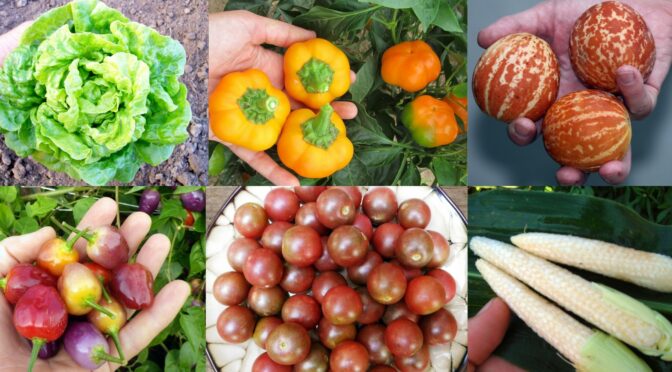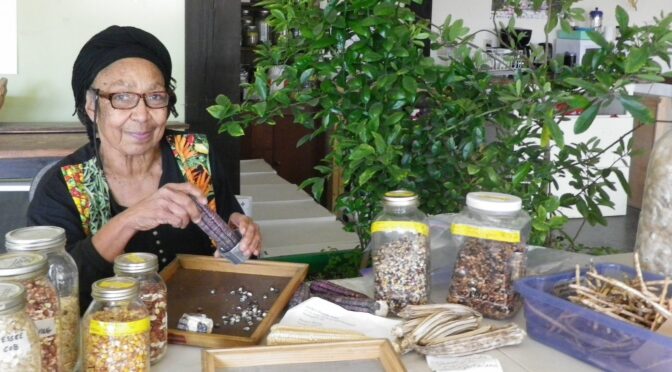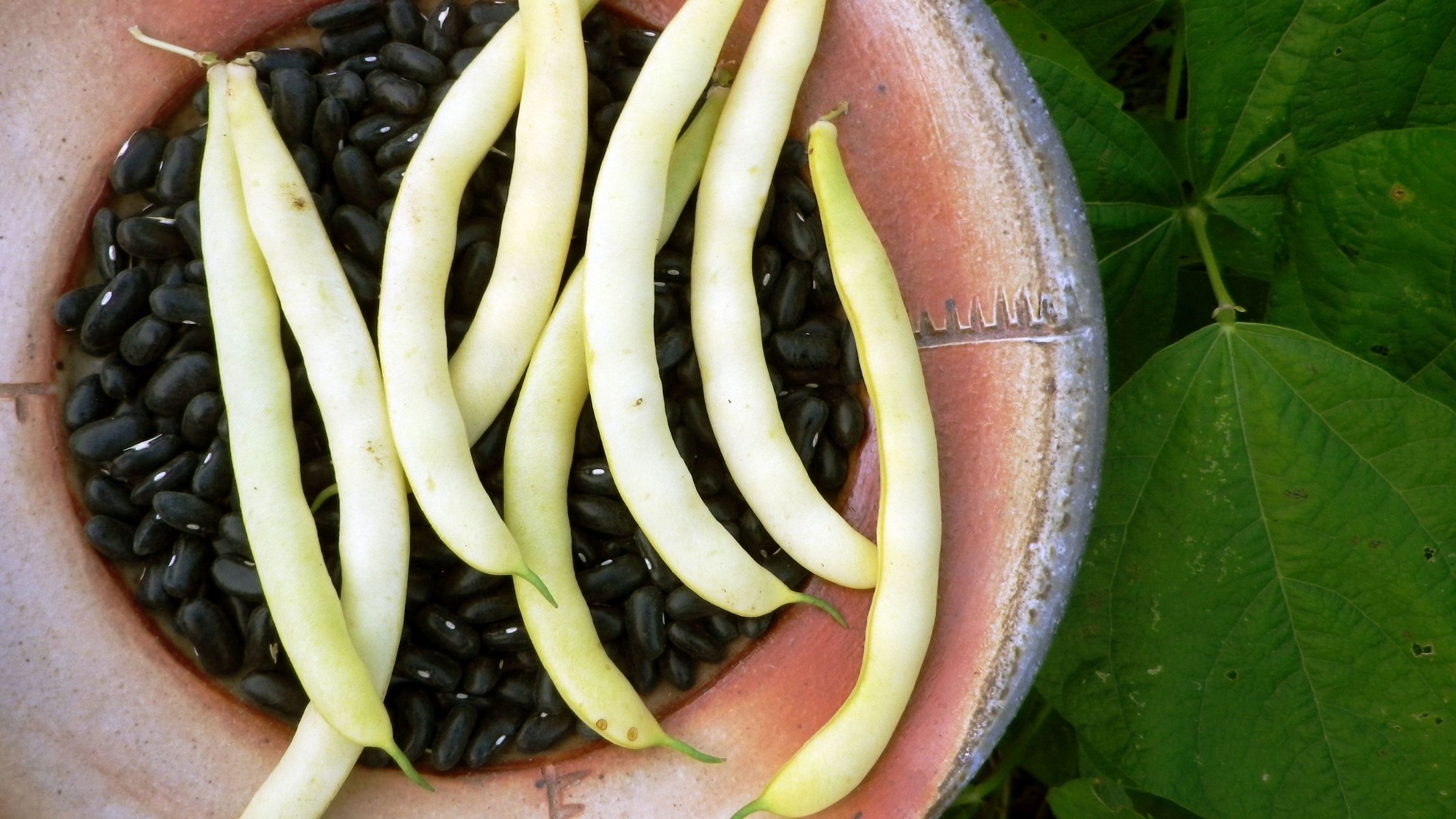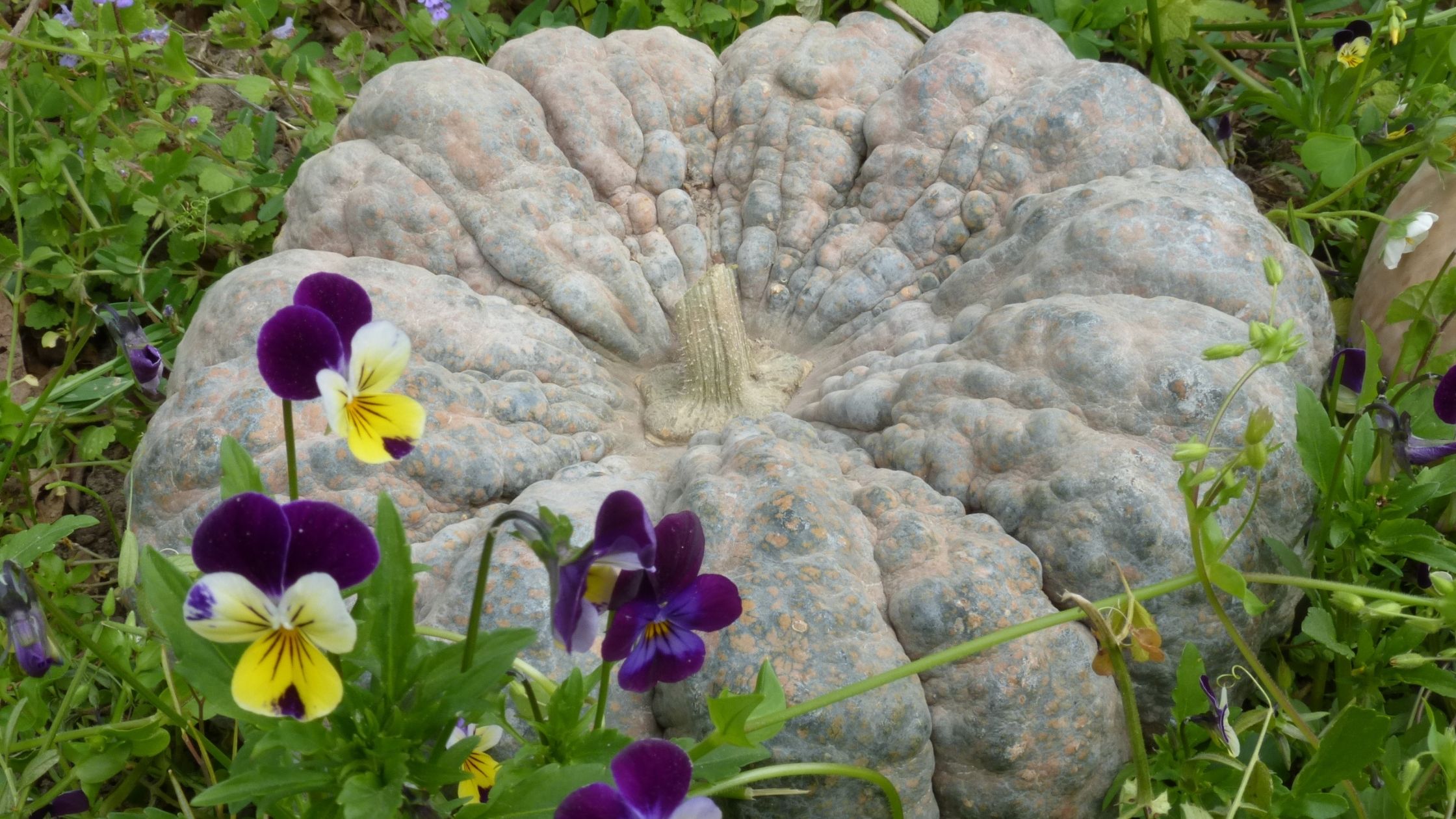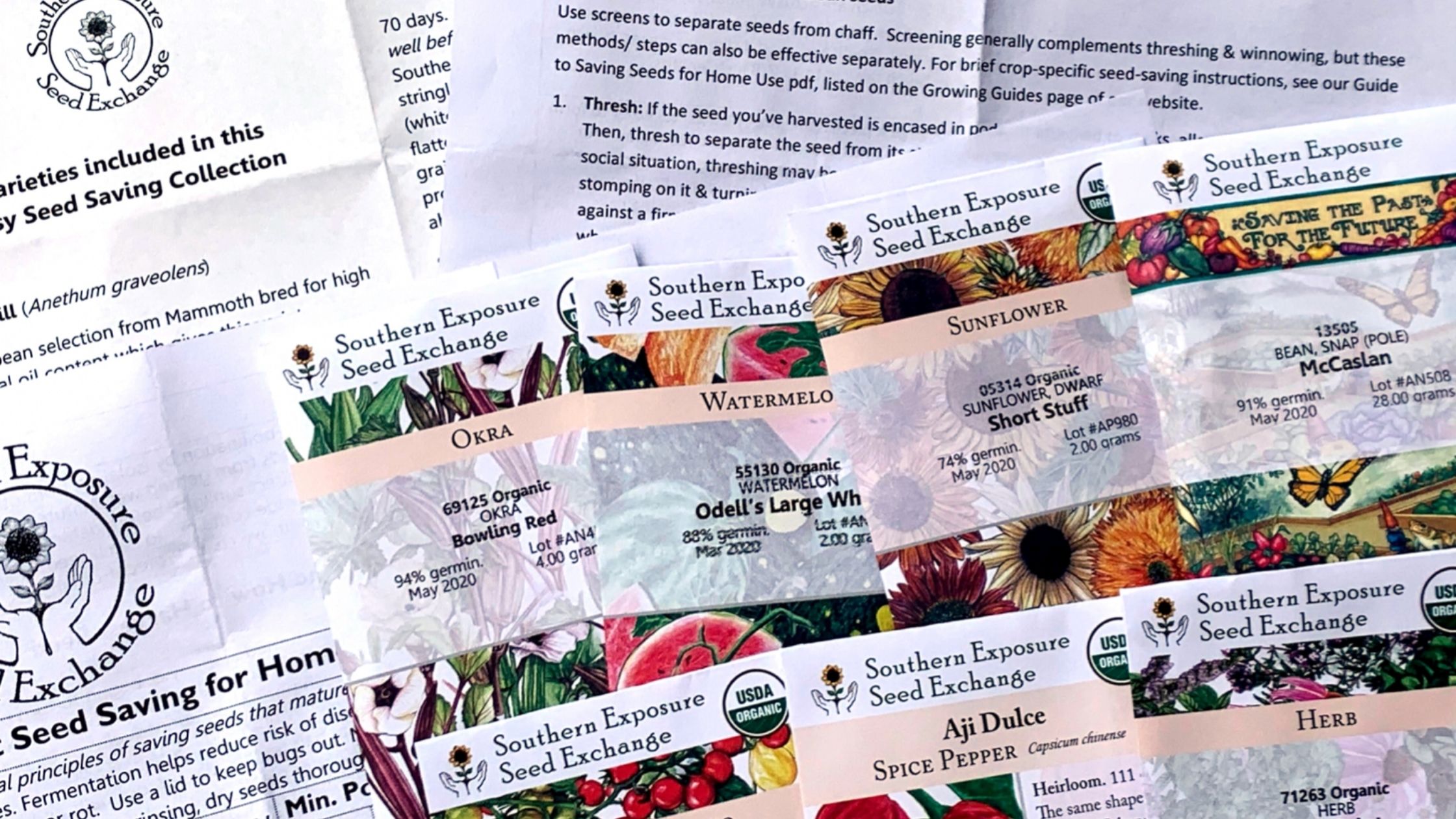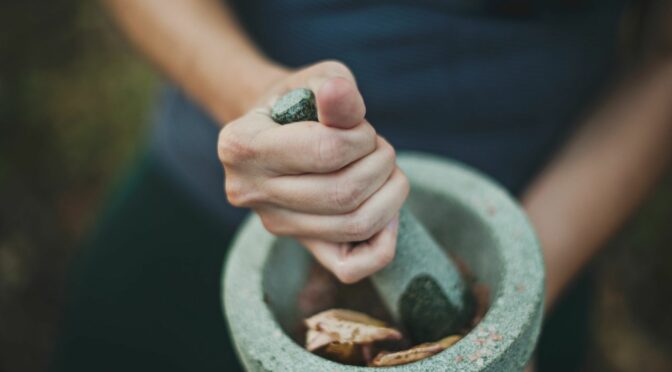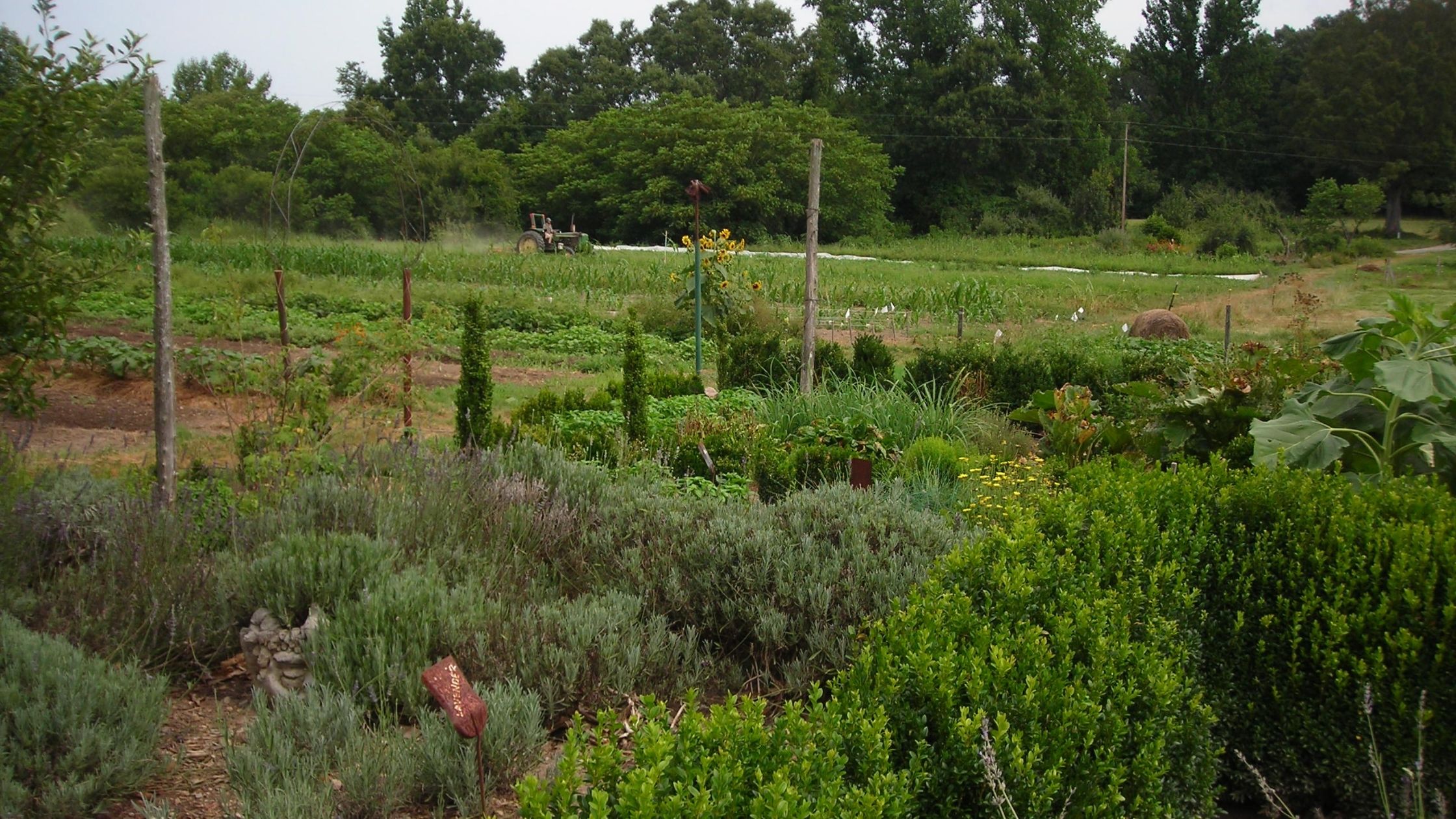Bigger isn’t always better! These ten mini vegetables provide incredible beauty and flavor in little packages. They’re great for folks looking to add something unique to their garden or work within a small space. 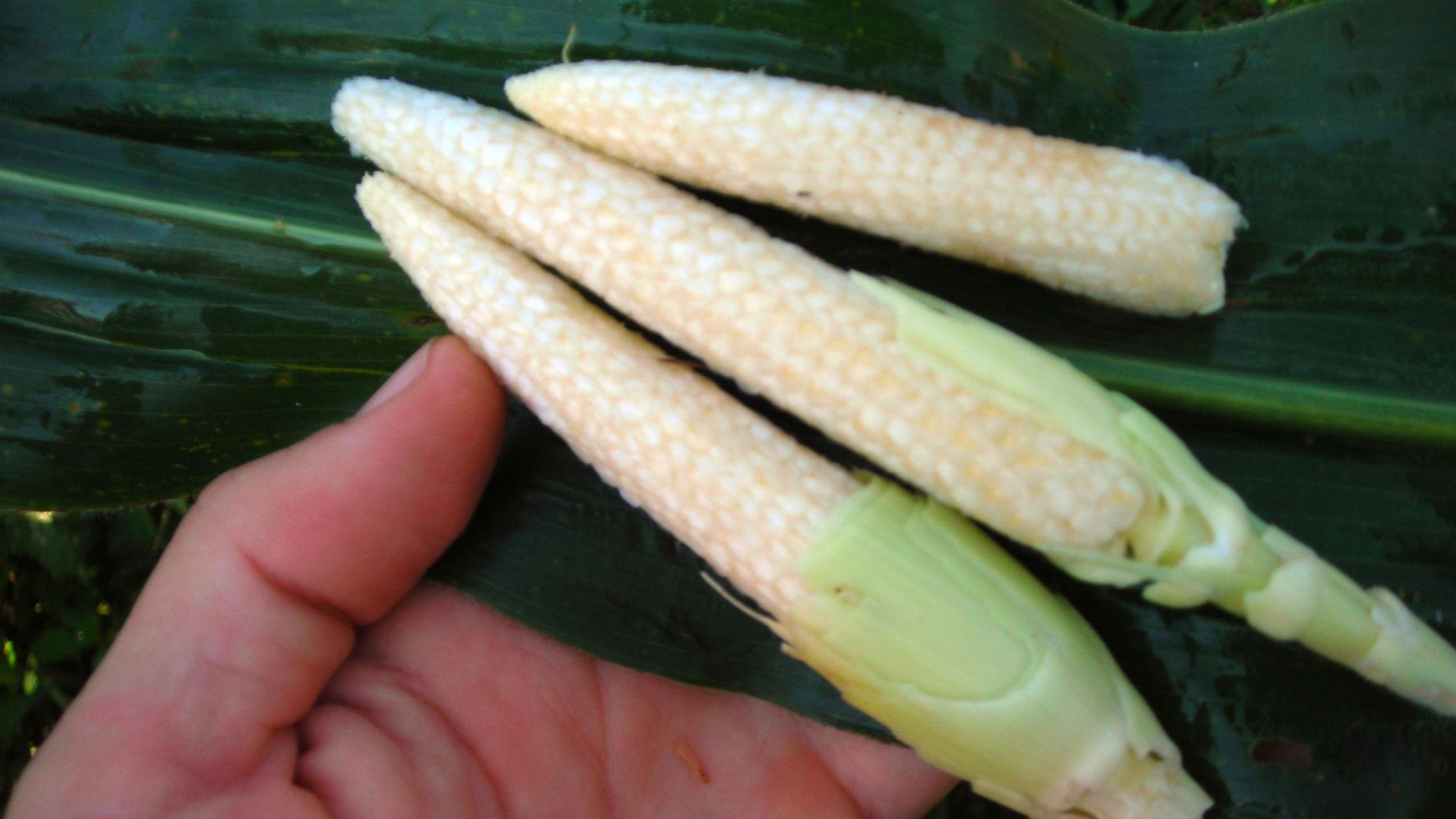
1. Chires Baby Sweet Corn
Do you know the little ears of corn popular in Asian stir-fries? That’s what Chires is great for. Harvest your Chires soon after the silks emerge, and they make a tasty, crunchy addition to salads, stir-fries, and kabobs. If allowed to mature and dry on the plant, they can be used for popcorn. These little guys can also be blanched and frozen or pressure canned for winter use.
This variety produces 3-5 foot stalks, with 8-12 ears per stalk. The ears are 2-3 inches long. Chires are easy to grow, as corn earworms don’t have time to do damage, and corn smut is rarely a problem.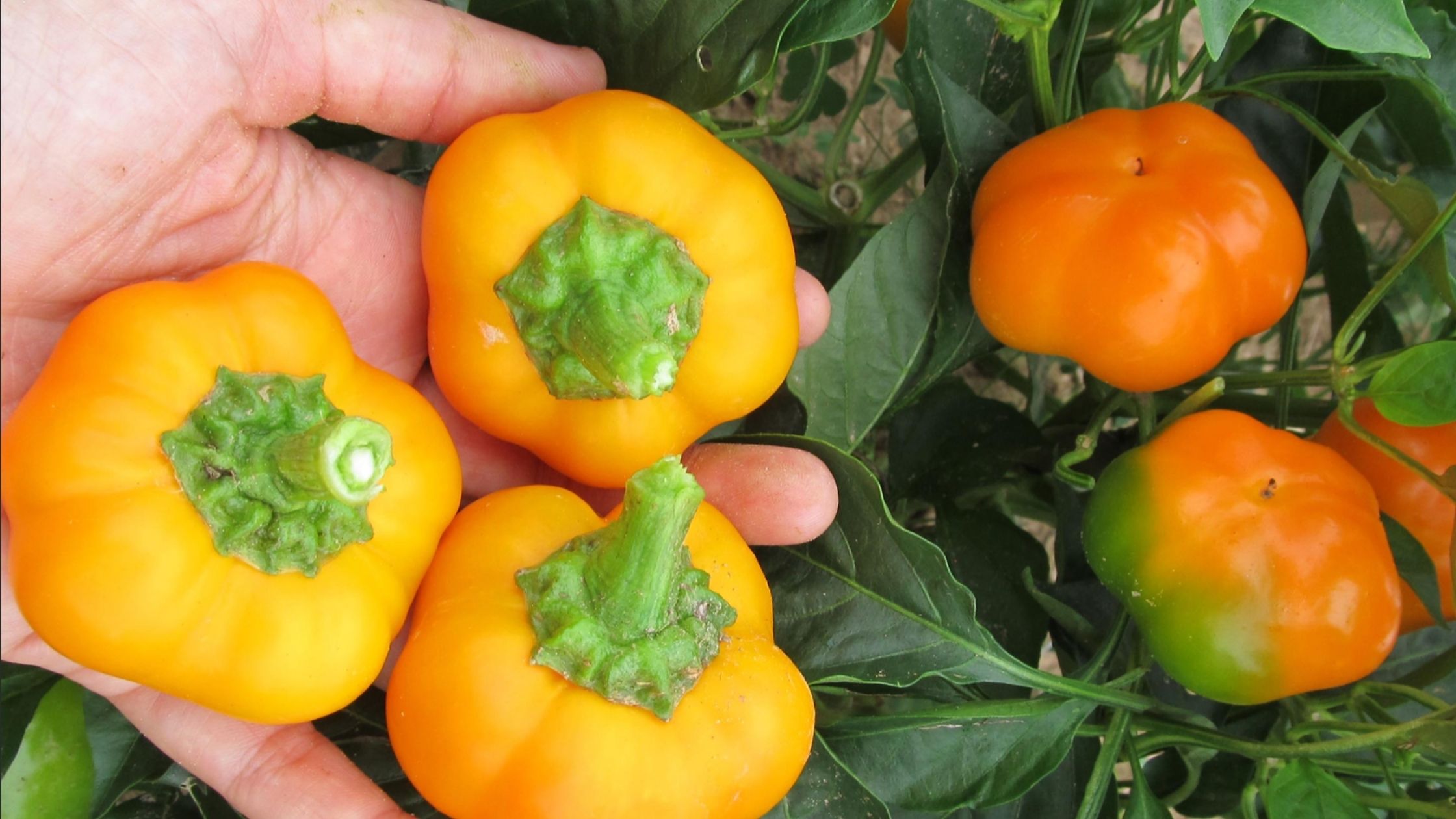
2. Doe Hill Golden Bell Sweet Peppers
If you’ve struggled to grow large bell peppers, you might want to try these Doe Hill Golden Bells. They’re high-yielding, widely adapted, and disease resistant. We love the miniature (1 x 2¼ in.) flattened, orange bell peppers they produce. The peppers have sweet, fruity, multidimensional flavor and keep well.
This pre-1900 family heirloom came to us from the Doe Hill area in Highland County, Virginia. It was introduced by SESE in 2000.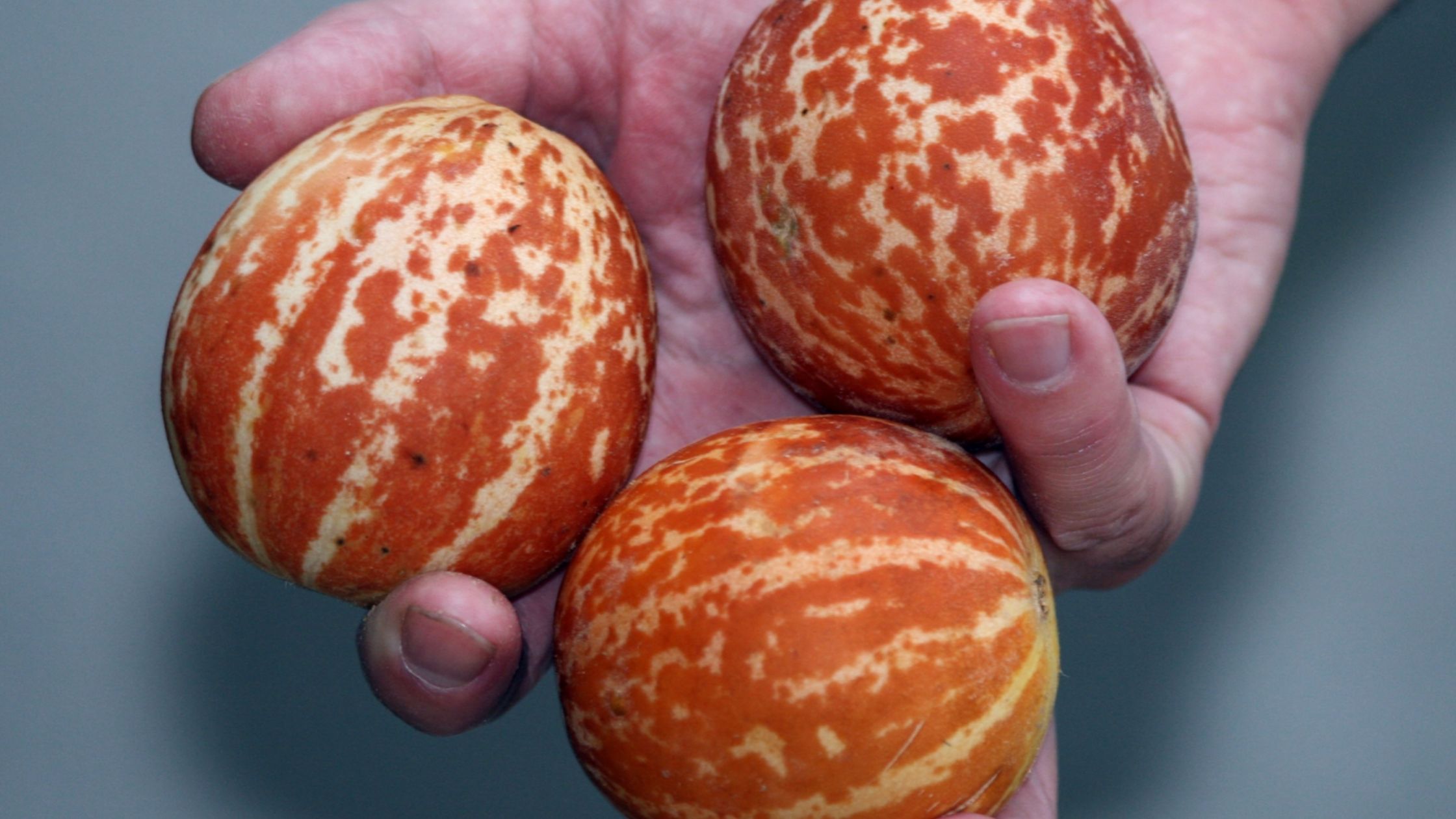
3. Plum Granny (Queen Anne Pocket) Melon
Interestingly, these melons aren’t typically grown for eating. While they are edible, their flavor is rather bland. Instead, these tennis ball-sized melons are usually grown for their incredible melon fragrance. They’re also quite beautiful. Their skin is yellow with maroon stripes.
Plum Granny Melons are an Appalachian heirloom that was brought to Appalachia with European settlers. In Victorian times, these melons were sometimes carried in pockets to mask unpleasant odors. 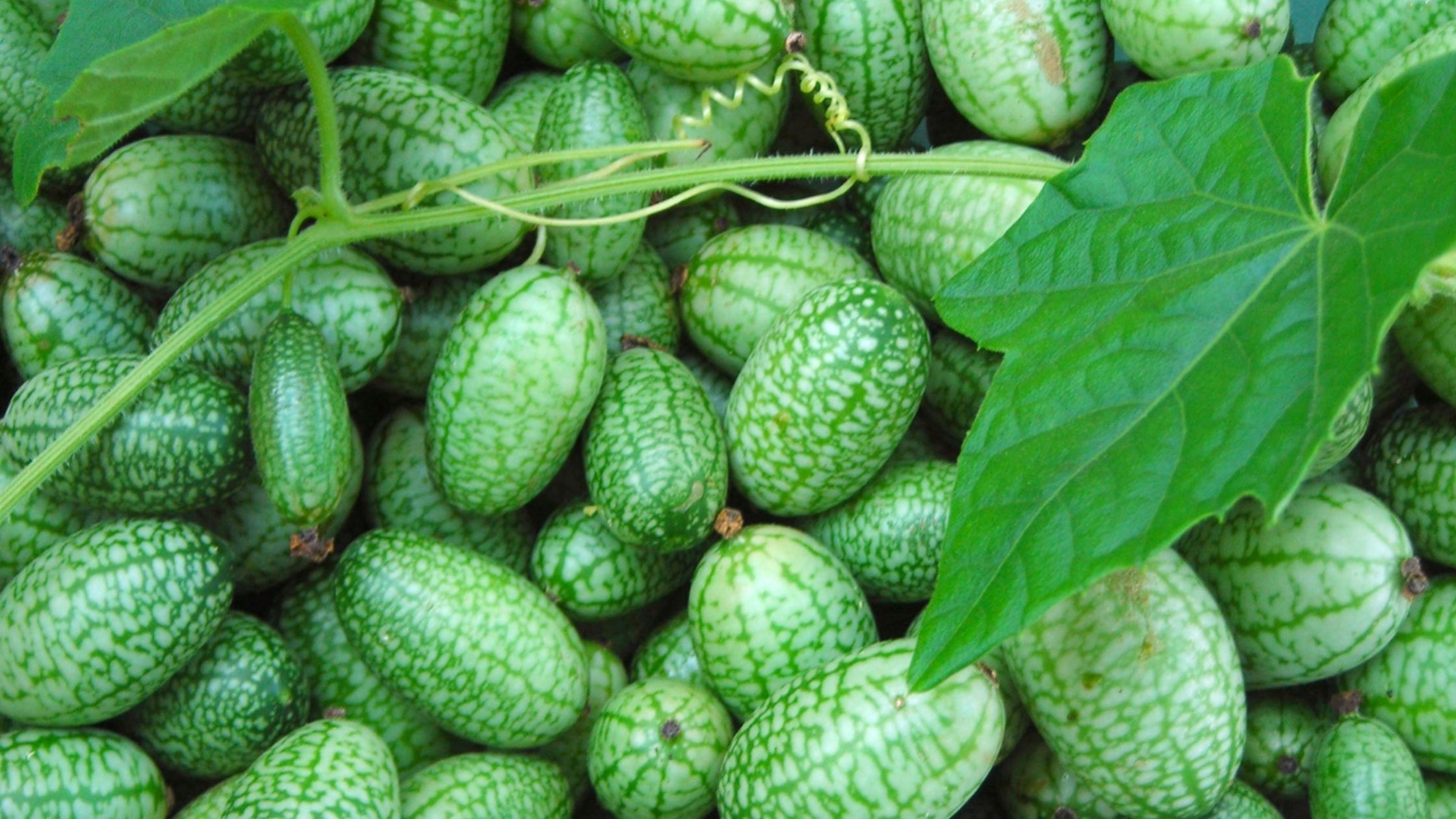
4. Mexican Sour Gherkin (Mouse Melon, Sandita)
These tenacious vines bear many 5⁄8 in. x 7⁄8 in. fruits with skin like tiny watermelons. They’re a sure conversation piece for your garden, and they taste good too! Immature, they taste like cucumbers; when fully mature, they taste like pickled cucumbers.
We recommend you trellis Mexican Sour Gherkins. Kids and adults will love snacking on these if planted along a garden path. They’ll bear until frost.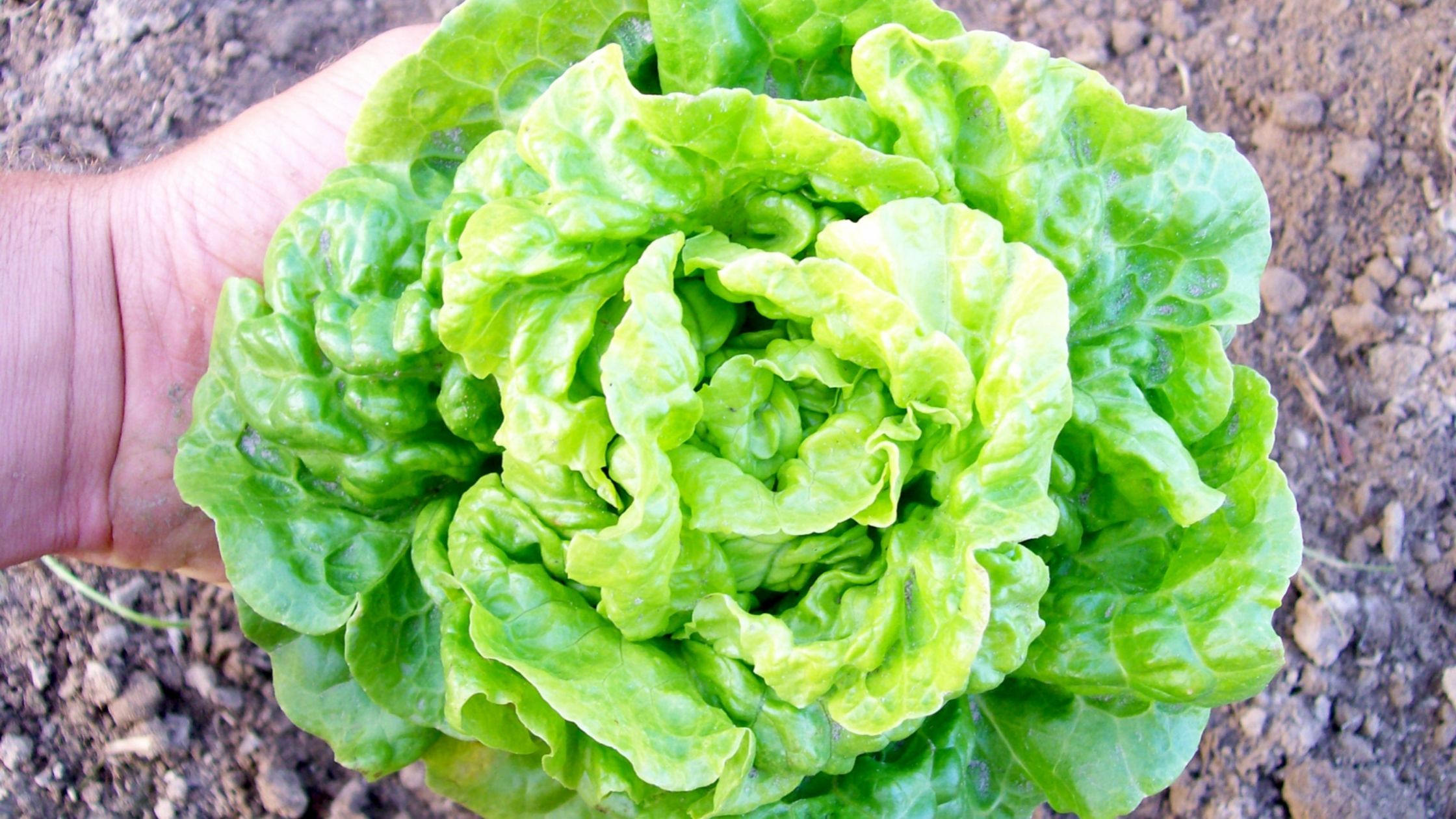
5. Tom Thumb Bibb (Butterhead) Lettuce
This space-saving miniature butterhead dates to before 1850! It’s perfect for those with tiny gardens or individuals who only need a little bit of lettuce at one time. Just make sure to sow several successions!
Tom Thumb heads are about the size of an apple and feature tender, crumpled, medium-green leaves. Popular in some restaurants, the heads can be used whole in individual salads. 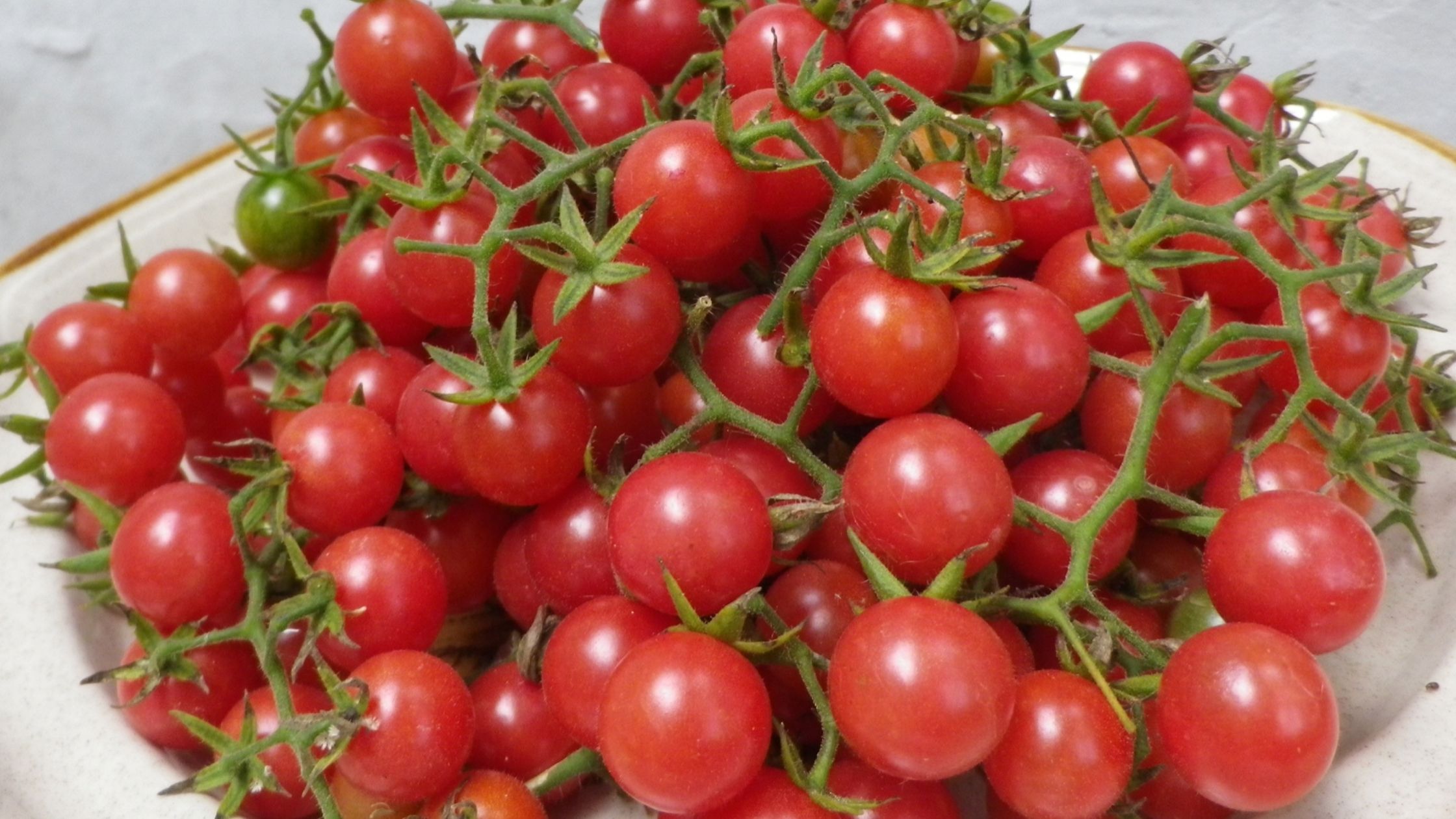
6. Everglades Cherry Tomato
Many people don’t have the time or space to grow large rows of tomatoes, but most people could find space on a patio or balcony for a potted plant. A single, potted Everglades Cherry will provide you with a surprising amount of fresh tomatoes throughout the season! These vigorous, disease-resistant plants will bear right up until frost.
Everglades Cherries produce sweet, dark pink, ½ in. fruits. They’re similar to Matt’s Wild Cherry, but pinker, with some differences in flavor. A relatively new variety to SESE, the seedstock for Everglades was provided by Melissa DeSa of Florida.
Check out our other post, Grow Anywhere: Tips for Container Gardening.
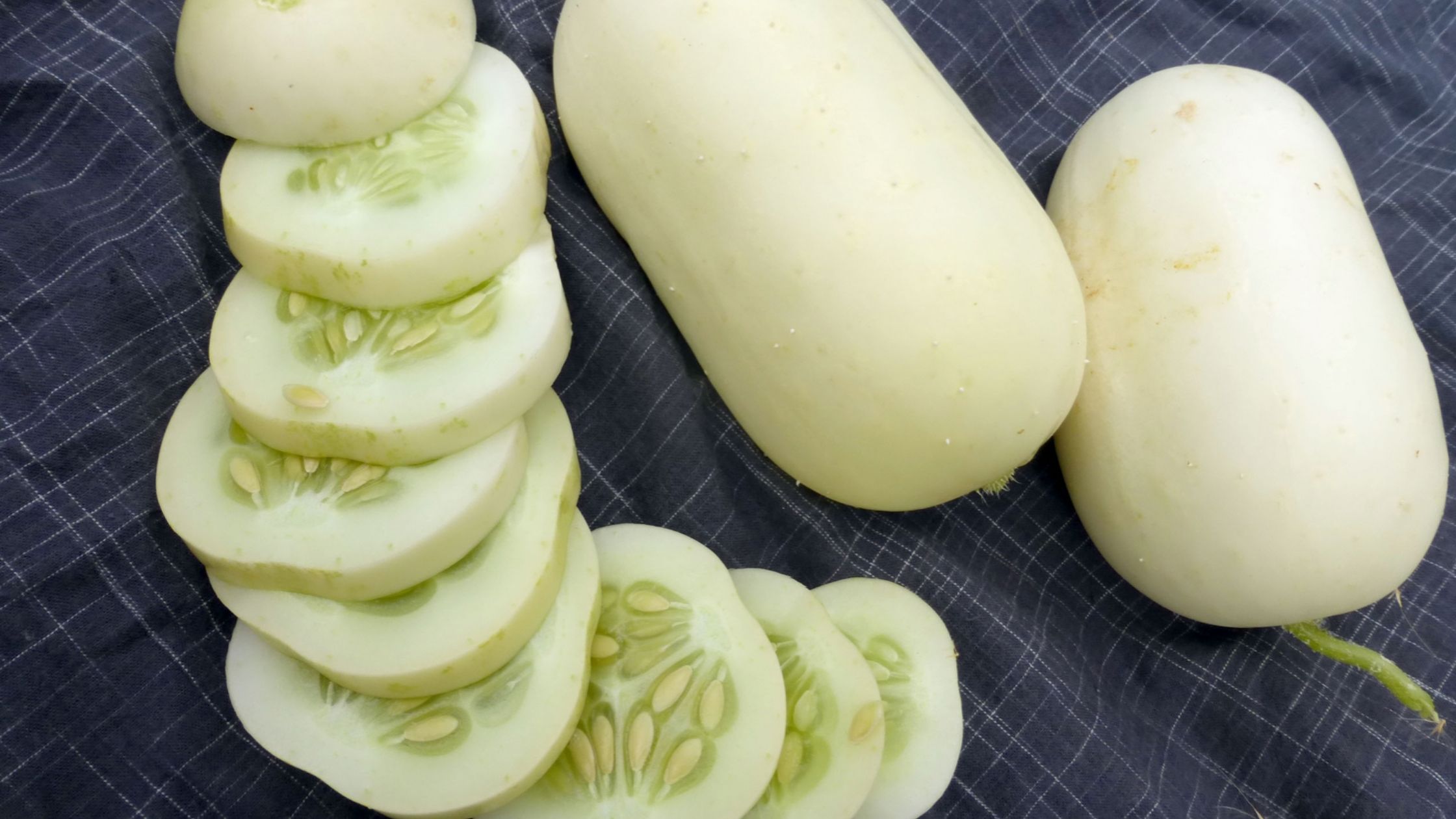
7. Roseland Small White Pickling Cucumbers
SESE introduced this North Carolina heirloom in 2016. In the early ’70s, Gordon Shronce’s sister Evelyn Allran received seed from a neighbor in the Roseland community near Lincolnton, NC.
Roseland Small produces loads of early, blocky white cucumbers. Gordon likes to pick them at 3 in. or less, but they’re still mild and tender to 7 in. long, great sliced or pickled.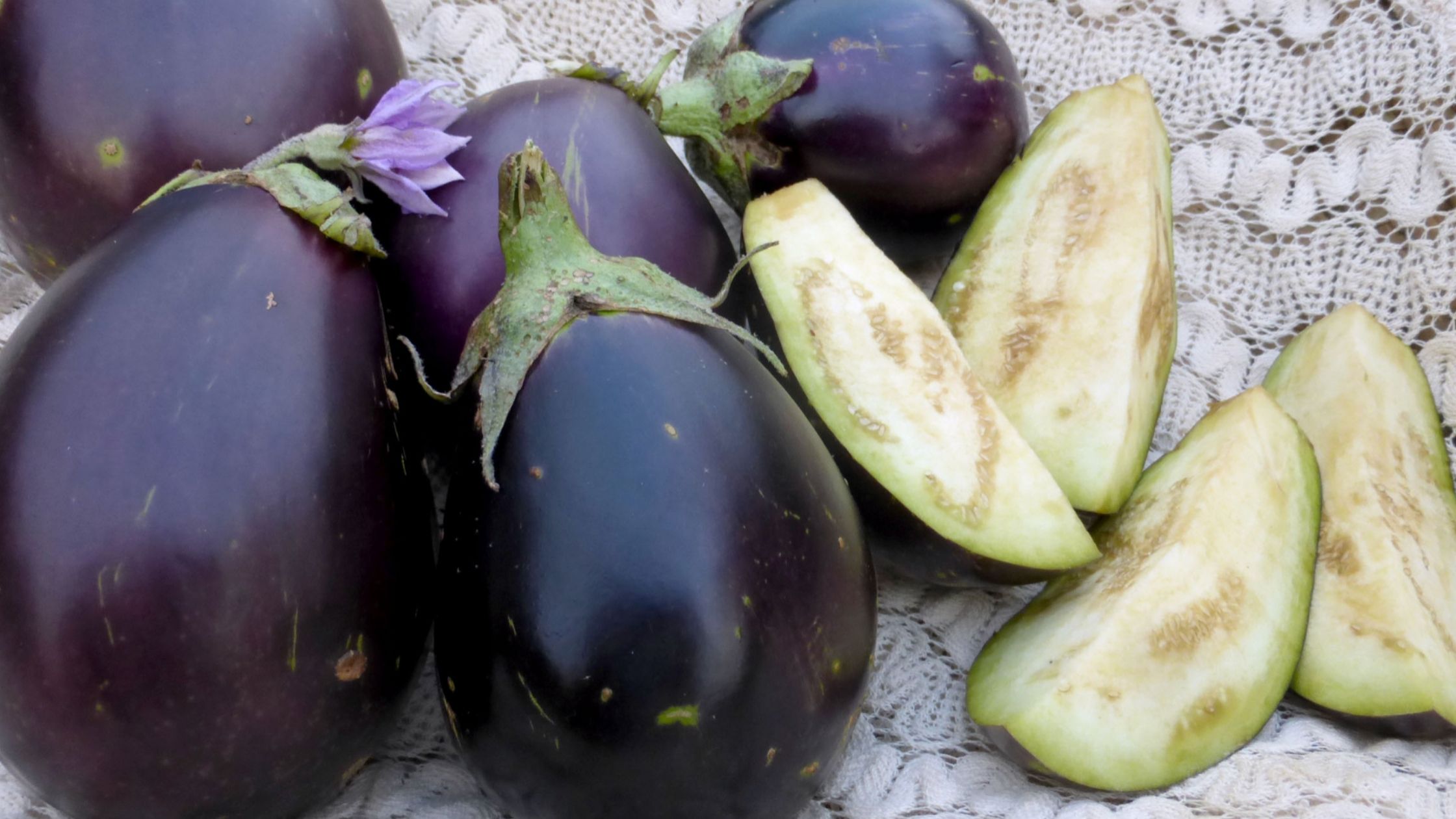
8. Morden Midget (Morden Mini) Eggplant
The Morden Mini is an excellent short-season variety for those farther north! It was developed in 1958 by Morden Experimental Farm, Manitoba, Canada. In our rare cool summers here in Virginia, it produces better harvests in June and July than our other varieties.
The short 18 to 30-inch plants also perform well in containers for those with limited space. Morden Mini produces 3 to 4-inch dark purple fruits. 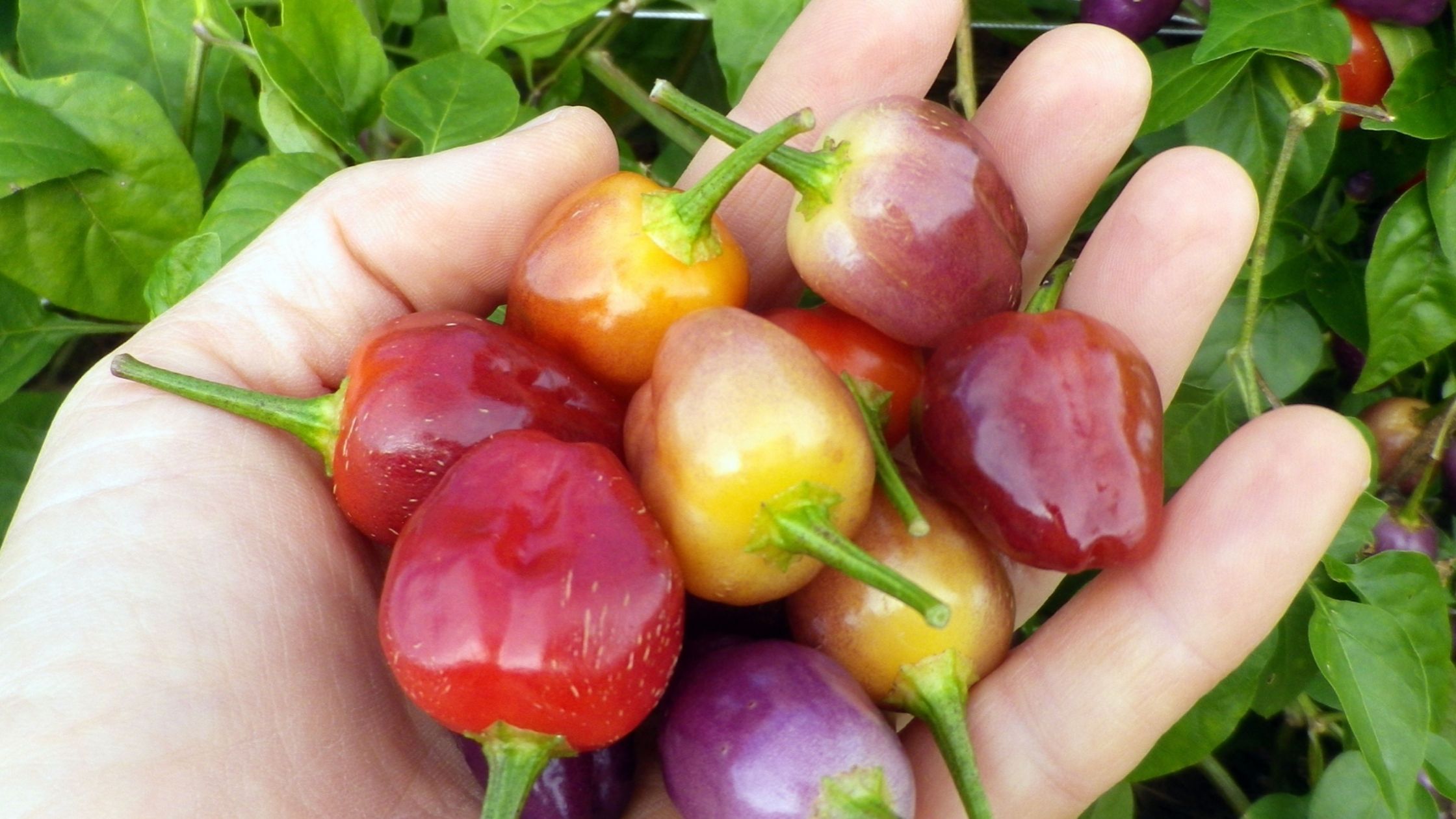
9. Aji Ayuyo Peppers
This Peruvian heirloom is both beautiful and tasty. It would excel in edible landscape producing multicolor 1 inch by 1-inch peppers with a beautiful, shiny, glassy look. The plants grow to about 3 feet in height.
The Aji Ayuyo Peppers ripen from purple to cream to orange to red. They have a sweet, juicy exterior and very hot seeds.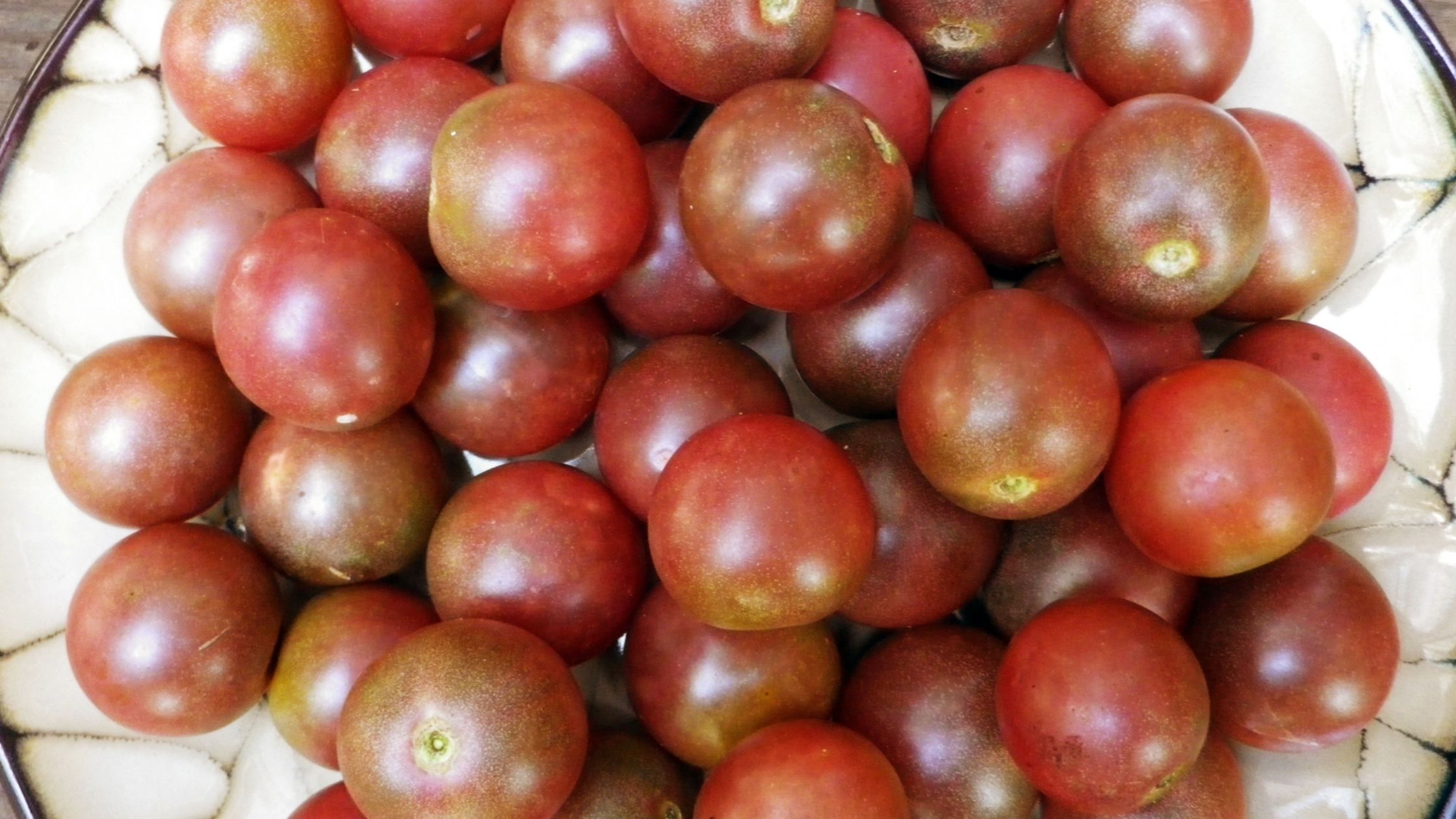
10. Black Cherry Tomato
Cherokee Purple Tomatoes are always a favorite. They’re delicious and beautiful, but they require a lot of space and effort. These little Black Cherries have a similar flavor and appearance in a smaller package.
The plants are vigorous and produce dusky purple 1-inch fruits with black highlights and full-bodied flavor. They’re an indeterminate variety and are generally ready to harvest in just 63 days.
Whether you just love adorable vegetables or are trying to save space, giving a few of these ten tiny varieties might be great for your garden. Fall in love with the incredible fragrance of Plum Granny Melons, the gem-like appearance of Aji Ayuyo Peppers, or the complex flavor of Black Cherry tomatoes this season!

